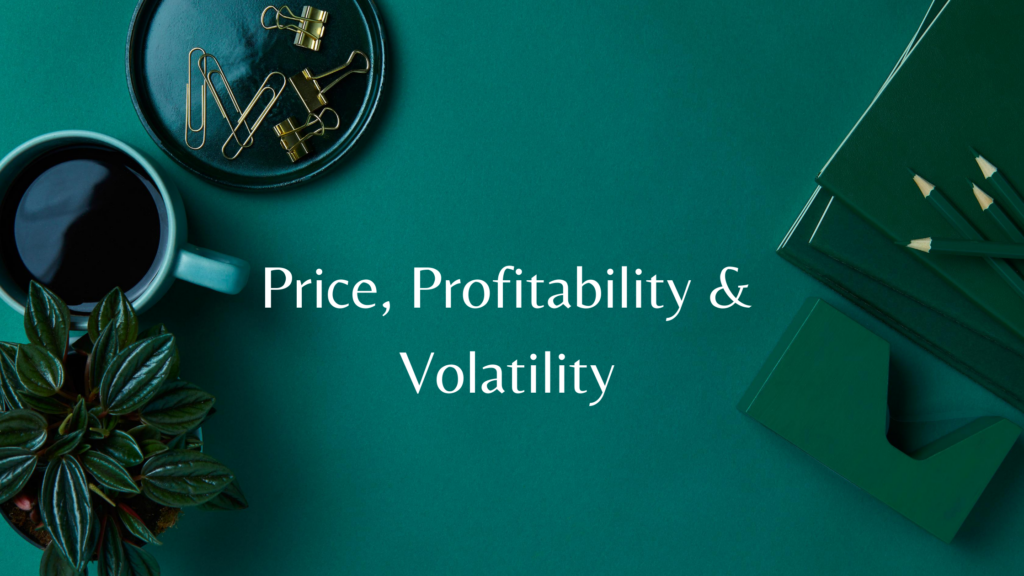The insurance industry was considered a safe-haven for investors and consumers. Lately, the industry has been facing tailwinds coming from increasingly adverse market dynamics:
- Marketplace Differentiation: Four companies in the U.S. directly underwrite 51% of the insurance. This large and concentrated base means that most market growth is going only to the larger players. It also leads to higher competition in the other 49% of the market, as more businesses have to compete for the same pie, where the economies of scale are titled towards the larger companies.
- High Switching Preference: As per a survey conducted by Bain & Company covering over 174,000 respondents across 18 countries, 80% of digitally active millennials were ready to switch their insurers. Millennials, even if not the largest insurance market segment at the moment, is the foundation for the market in the future. Insurers that can retain this segment will have virtually secured growth for the future. But the millennial demand is volatile and not loyal to the legacy brands. The same survey reported that many millennials are ready to take insurance even from unconventional or new companies in the space.
- High Price Sensitivity: In data published by Reuters, 79% of respondents stated that if insurance prices became ‘too high,’ they would not get insurance in the first place. Up until now, price sensitivity was a factor of competitive positioning. As far as your insurance products had a competitive value proposition, you had recurring demand. With changes in the economic strata, more customers are considering avoiding insurance in the first place. Some laws dictate mandatory insurance policies, but they can largely get skimmed off by the major companies in the market, which already have a large distribution network, strong brand equity, and existing market share.
- Increasing Competition: The market data clearly highlights the competition for 49% of insurance policies directly underwritten by companies other than the major four insurers. But the competition also exists in the customer journey. Qualtrics’ research shows that 95% of consumers, who are in the market to get a new insurance policy, are considering at least three different brands. This means that no matter how strong your NPS is, your target consumer is evaluating you with at least two other brands.
How Can Kruzr Help You Widen Your Product Portfolio?
Everyday business logic would suggest that companies should focus more on differentiation. While increased spending on brand awareness campaigns may seem like a feasible solution, the results of such campaigns tend to be short-lived if not backed by equally innovative and relevant innovations on the product side. This is where Kruzr can be of great help to your insurance products portfolio.
Instead of being in the same market, populated by companies with deeper pockets and existing market share, competing for the same consumer mindshare, you can segment the market into innovative categories with more relevant and accessible products for the consumers.
- Reach the Price-Sensitive Consumer by Lowering the Cost of Ownership for Your Policies.
Many price-sensitive consumers have a resonating issue with the price of owning the policy versus the benefits it offers. It is difficult to put price-tag on life and accidental risks, but consumers do seek a better value proposition from their insurance policies.
Pay-per-mile policies can control the cost of ownership for your consumers, mitigate your risk-profiles, and help you dominate an accessible segment of the market. Any consumer who understands her driving frequency would see the value in paying insurance premiums only for the miles she is driving.
The economic benefit of insurance products, where the low-risk drivers pay for the high-risk ones, gets expanded since you get a better understanding of the risk-profile on a per-mile basis instead of a per-insurance basis.
- Provide Value-Added Services Like Driver Assistance, Which Make Insurance More Affordable for the Customers and Less Risky for You.
Bain & Company published a comprehensive study, highlighting the three key parameters that define insurers who outperform their peer-group in the insurance market – excellence in the core business, offering interconnected services, and prioritizing innovation. Kruzr’s Active Driver Guidance Interface can help you achieve all three.
The platform takes inputs from a wide range of datasets that includes traffic areas, routes across maps, and driver performance. Based on proprietary analytics, the platform can forecast when a driver is running into riskier behaviors. It does so using voice-notifications that make sure the driver doesn’t have to shift her eyes from the road to the screen. This feature ensures that the drivers are practicing safer driving, which serves as an inherent feature for the consumers and significantly brings down your risk profile for the number of claims.
- You Can Ensure Your Customers with Confidence that Their Telematics Data is Secured and Private.
There are several telematics solutions available in the market. Many of these platforms are dependent on sensors installed in the car or a dashboard camera. While the data-feed coming from such systems can help you evaluate the risk parameters in real-time, it also poses a significant threat to the consumer’s privacy.
Such solutions can work in industrial use-cases like transportation and logistics, as the driver is practically working while the dashboard camera or the sensors are recording the entire drive. However, for people who are using the vehicle for personal reasons or even for something as simple as driving to work, having a camera that records all your movements when you drive might not be very user-friendly.
Canadian Underwriter, an 86-year old publication, surveyed 1000 people and showed that 54% of respondents were not comfortable in sharing their personal information. Drawing an analogy clears the air here. Most users are comfortable in sharing their Fitbit data, which is also stored on the cloud like the data collected by telematics sensors and dashboard cams. The difference is that the users are aware of exactly how the data from their Fitbit will be used – for benchmarking their performance. For installed sensors and the dashboard camera, the feedback loop between an affordable policy that comes later and the privacy issue at hand, is long and complex.
Kruzr gives you a more pragmatic solution by leveraging the hardware and software of the smartphone. Instead of installing cameras or sensors, users with the Kruzr app can share their driving data without concerns about a privacy breach. The platform is engineered to communicate the correlation between driving quality and insurance affordability, which establishes the value proposition to and for the user. You get the benefit of risk mitigation with more data, and the users get to keep their privacy as well as access more affordable insurance.
In Conclusion
Most insurance businesses have focused on optimizing their risk parameters based on the same actuarial models which have been running for decades. Not only has that pushed out several customer segments on the edge of leaving the market, it has also left a lot of profit on the table for the insurance companies. With platforms like Kruzr, the insurance companies can finally shift the focus to optimizing the customer experience. And this can be done beyond the brand campaigns or an app to help with customer queries.
Core products powered by the comprehensive capabilities of Kruzr like analytics, AI, and telematics can help insurance companies expand the width and depth of their product portfolio. The insurance products hence created, will be more affordable and customized for the end-user, and carry lower risks for the insurer. Value-adding features like predictive risky or drowsy driving with real-time nudges help the drivers stay safe and save the insurer from claims. With the customer experience at the center of the product and risks optimized across the board, Kruzr can help you get the market momentum of growth and expansion back on your side.




